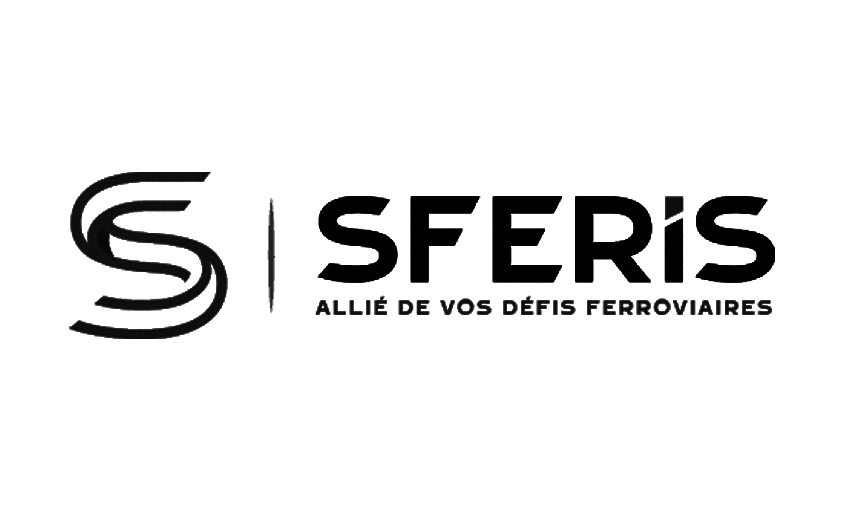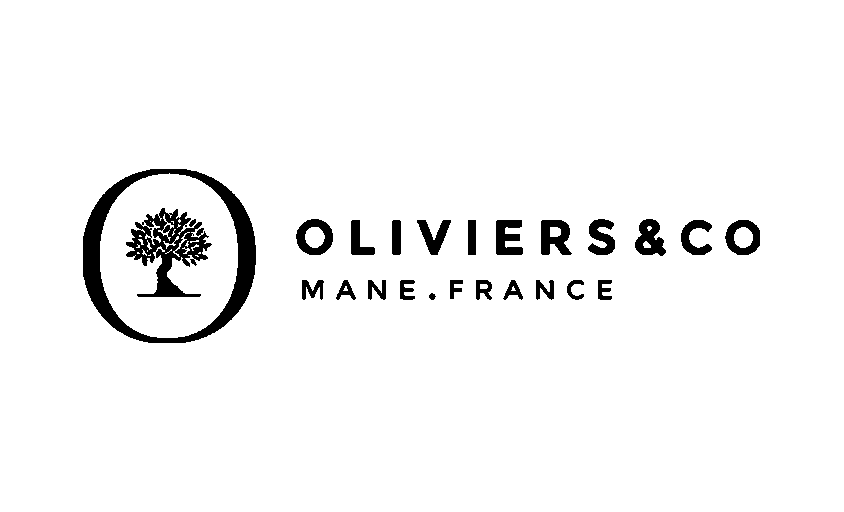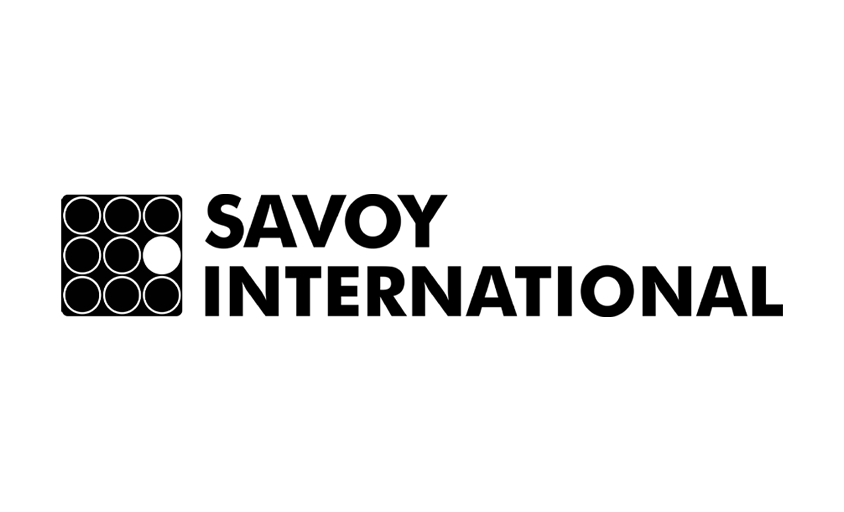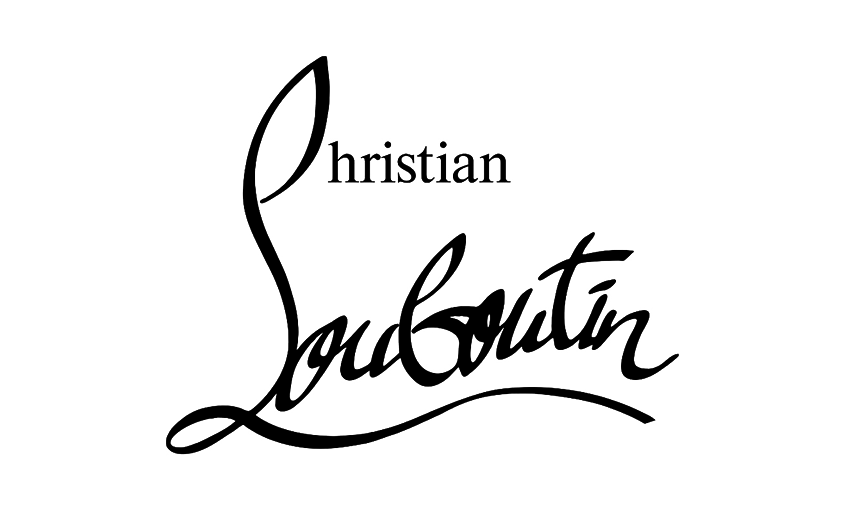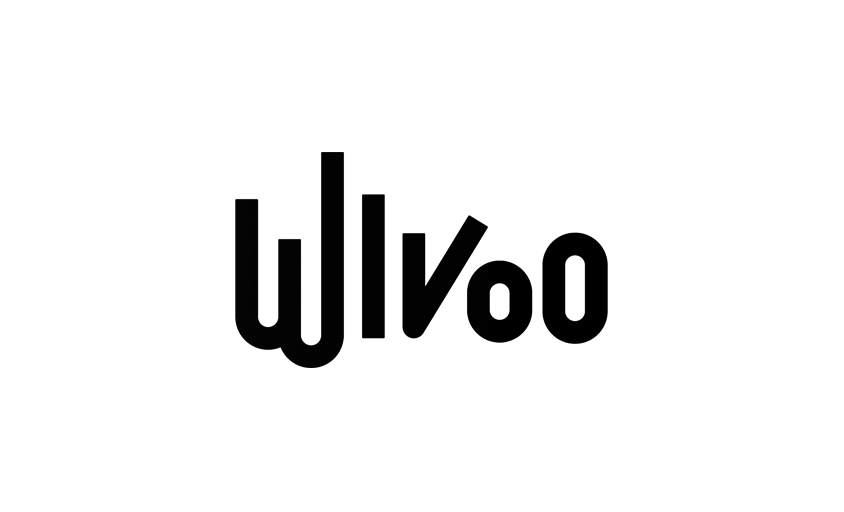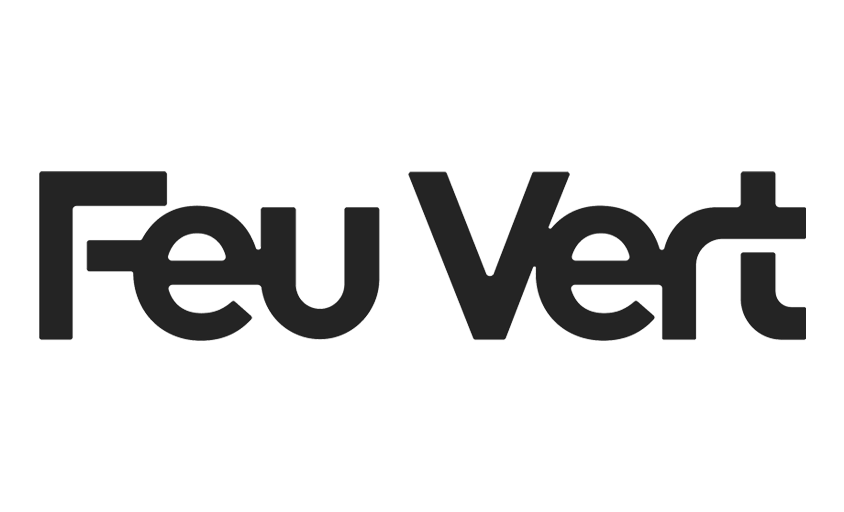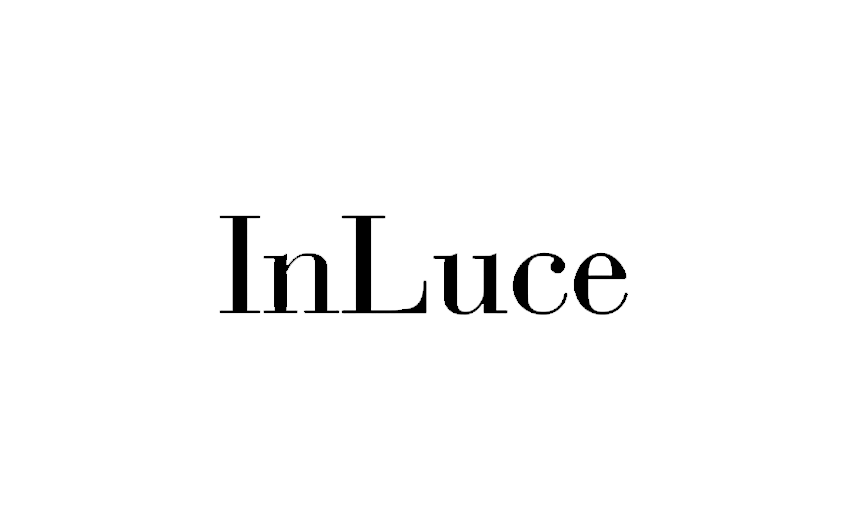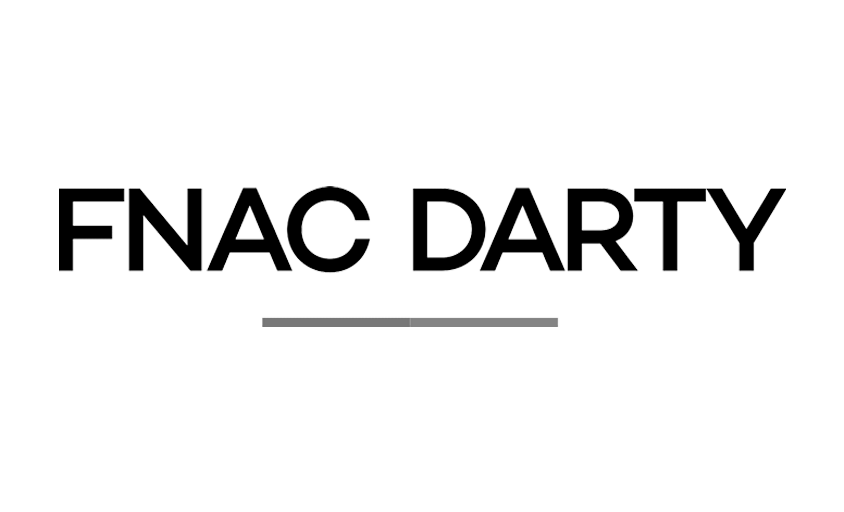Photojournalism
In this article :
Photojournalism is more than just capturing images. It is a way of telling the story of the world through snapshots. In a world saturated with photography, the role of the photojournalist is to select those that matter, those that tell something important and have the power to touch.
What is Photojournalism?
At the heart of photojournalism is the intention to report reality through images. The photojournalist captures not only what they see but also what they feel, and through their lens, they offer the viewer a unique perspective on the world. Unlike other forms of photography, photojournalism primarily aims to inform, raise awareness, and document.
One of the most fascinating aspects of photojournalism is its ability to convey emotions, to send a message without a single word being spoken. The image becomes the main vector of information, which is why “a picture is worth a thousand words.” Indeed, photographs can evoke immediate reactions, whether to shock, awe, or provoke thought.
Why is Photojournalism Essential?
Photojournalism plays a crucial role in information. It documents significant events, as well as the small scenes of everyday life. By offering a new perspective on events we know or ignore, it transforms reality into a form of art capable of conveying the urgency of a message or event. From international news to local stories, every image taken by a photojournalist has impact.
It could be a photo taken during a protest, a concert, or a sporting event, but it is always a story that goes beyond what is visible at first glance.
The Role of the Photojournalist
The photojournalist does not simply capture images; they must understand the context in which they operate and seize the moment that, beyond the image, tells a story. Above all, they are a silent observer, a discreet storyteller who must not interfere with the reality they capture.
Witness, but Not Only
Being a photojournalist means being a witness to often intense and upsetting events. But the real challenge lies in how these events are captured. A photojournalist is not just a passive observer; they must capture the essence of the moment, understand the story behind each image, and know when and how to press the shutter.
The photojournalist is often faced with situations that require speed, discretion, and sensitivity. Take, for example, a report on a protest: the photograph is not just about immortalizing angry people in the streets. It’s about capturing the underlying emotions, expressions, gestures, and the atmosphere of the event while staying in the background, leaving no trace of their presence.
Working in Silence, Capturing in Depth
What distinguishes a good photojournalist is their ability to “see” what others don’t. They capture intimate moments in public events, like a gesture of solidarity in a crowd or the intensity of a gaze in the middle of a tense situation. Each image becomes a fragment of history, a visual testimony where every detail matters.
The practice of photojournalism also requires a strong sense of ethics. The photographer must face complex moral decisions, particularly regarding the intimacy of subjects, how to report on sensitive events, and how the image may be perceived once published.
The Challenges of Photojournalism
Photojournalism is a demanding profession, both technically and humanely. The photographer must juggle the urgency of situations while maintaining essential objectivity. This challenge is twofold: being as close as possible to events without being overwhelmed by emotions or subjectivity.
- Acting in Urgency
One of the most delicate aspects of photojournalism is managing time. Information unfolds at a rapid pace, and often, photojournalists are the first to be called upon to document a major event, whether it’s a natural disaster, a conflict, or a revolution. They must be ready to capture the image at the exact moment it has the most impact. Sometimes, a second’s delay is enough to miss a decisive image.
A photojournalist does not have the luxury of reflection. They must make instant decisions: choose their angle, camera settings, and sometimes even their physical position. In this context, speed and preparation are essential. This urgent work demands great mastery of equipment, as well as the ability to anticipate events.
- Maintaining Objectivity
Another major challenge is objectivity. The photojournalist must report reality without distorting it, all while knowing that every image is, by nature, an interpretation of the world. It can be difficult to remain completely objective, especially in situations where one is personally affected, such as covering wars or tragedies. However, the integrity of the profession relies on the ability to capture the truth without influencing the narrative.
A good photojournalist knows that the image is not just a sales tool, but a testimony in itself. They must be impartial and uphold the fundamental principles of journalism, ensuring that they do not manipulate events to provoke excessive emotions or create partisan narratives.
Essential Skills of a Photojournalist
Becoming a photojournalist is not simply about taking beautiful pictures. This profession, at the intersection of the moment and analysis, requires much more than a good eye. It relies on a series of technical, human, and narrative skills that are honed over time.
- Mastering Equipment in All Conditions
A photojournalist does not choose their environment. They may find themselves in bright sunlight at a protest, in a poorly lit conference room, or in pouring rain. Therefore, they must know their camera inside and out, being able to adjust the aperture, ISO sensitivity, or shutter speed without a second thought. The equipment doesn’t have to be the most sophisticated, but it must be reliable, durable, and discreet.
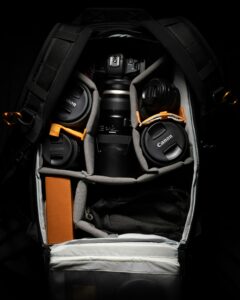
A 24-70mm lens is often favored for its versatility, but some may prefer a fixed 35mm lens for the lightness and close proximity it offers. The flash can be useful, but its use remains delicate, especially in sensitive contexts. The key is to always be ready.
- Knowing How to Compose
In the heat of the moment, there are no second chances. The light changes, subjects move, and emotions pass. One must capture the moment without hesitation while maintaining a focus on framing, readability, and storytelling. A good press photo is not just sharp: it must tell a story. A tension. A reaction. A dynamic.
- Working Fast, Processing Fast
The work doesn’t stop at the shutter click. As soon as the photo is taken, one must be able to sort through the images, retouch them accurately (without betraying reality), name the files, and write a clear caption. And all of this must be done on time. The rhythm of photojournalism is that of current events.
The Different Faces of Photojournalism
Photojournalism is not limited to armed conflicts or prominent political figures. It unfolds in a variety of contexts, from international news to the most ordinary scenes of daily life.
War reporting, perhaps the most publicized, is also the most dangerous. It requires full commitment, stress resistance, and a deep understanding of the terrain. In these high-risk zones, the photographer documents conflicts, civilian populations, and human consequences. They are witnesses, sometimes unwillingly, to what many would prefer to ignore. But their role is vital: they remind us of what is happening beyond our borders.
On the opposite end, local photojournalism explores life within territories. It could be a city council meeting, a strike at a high school, a farmers’ market, or a neighborhood sports event. Away from the spotlight, this type of reporting nourishes local newspapers, sustains small editorial teams… and builds a closer connection with readers.
Another form is journalistic portraiture. Neither studio nor staged. Here, the goal is to reveal a personality in their environment. A craftsman in their workshop. An activist in the street. A researcher in their lab. The image complements the interview, providing a human texture to an in-depth article. Sometimes, it speaks more than a thousand words.
Event photography also lies at the heart of current affairs: protests, inaugurations, gatherings, public celebrations… The challenge? Summarizing the atmosphere, capturing a significant scene amidst the flow. Seizing what makes the moment unique while staying in the background. A successful image becomes a visual landmark for collective memory.
And then, there is long-form documentary photography. It does not follow immediate news but takes its time. Think of series dedicated to forgotten territories, social changes, or extraordinary life stories. These works can span several months or even years. They find their place in magazines, exhibitions, and books. It’s a different sense of time. A different way of informing.
Conclusion
Photojournalism is not just a practice of capturing images; it is a stance, a commitment, an art of testimony. It requires technique, of course. Patience, a lot of it. Courage, sometimes. But above all, an insatiable curiosity for the world and a deep attention to others.
Being a photojournalist means choosing to listen with your eyes. To tell what is happening, where it is happening, when it is happening. It means accepting never to be fully in the action but always connected to it. Not to say everything, but to make it visible.
At Rétines, we know how powerful an image can be in carrying a story, conveying an emotion, and provoking awareness. Even when we photograph for business or communication projects, we never forget this heritage of reportage: to document with meaning, to observe with respect.
Jérémy Carlo is the editorial director at Rétines, where he ensures the consistency and clarity of all content produced by the studio.
Our Clients
Let’s discuss
What we do for you at Rétines
Meticulous work, an organised project and fast delivery. And to achieve this, we mobilise the right resources in our teams at the right time.
01
Pre-production
Artistic and technical direction tailored to the project.
Relevant recommendations on content, form and resources.
02
Photo Shooting
Photos taken by our experienced photographers.
Production that’s controlled, efficient and tailored to the needs of the project, with nothing superfluous.
03
Retouching
Technique
Photographs magnified by our retouching team.
Post-production to meet the commercial challenges of the brief.

